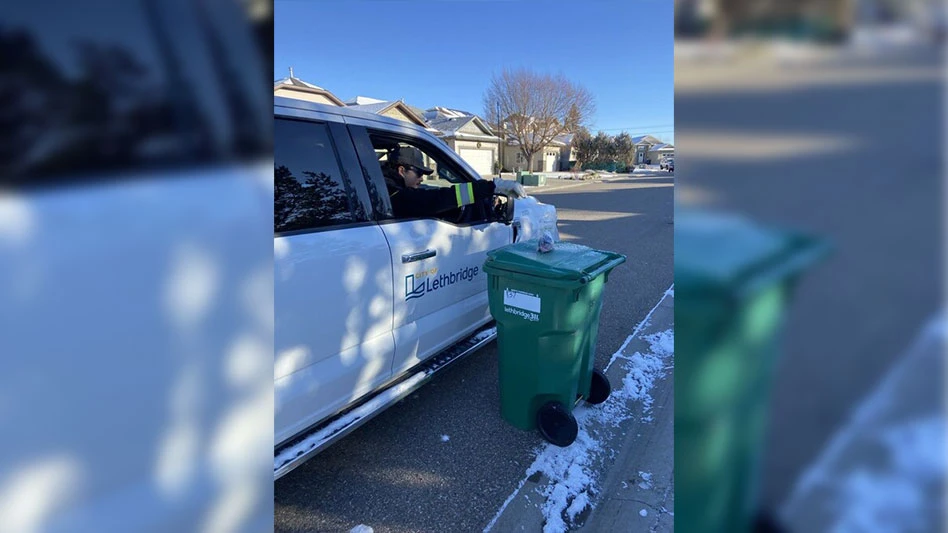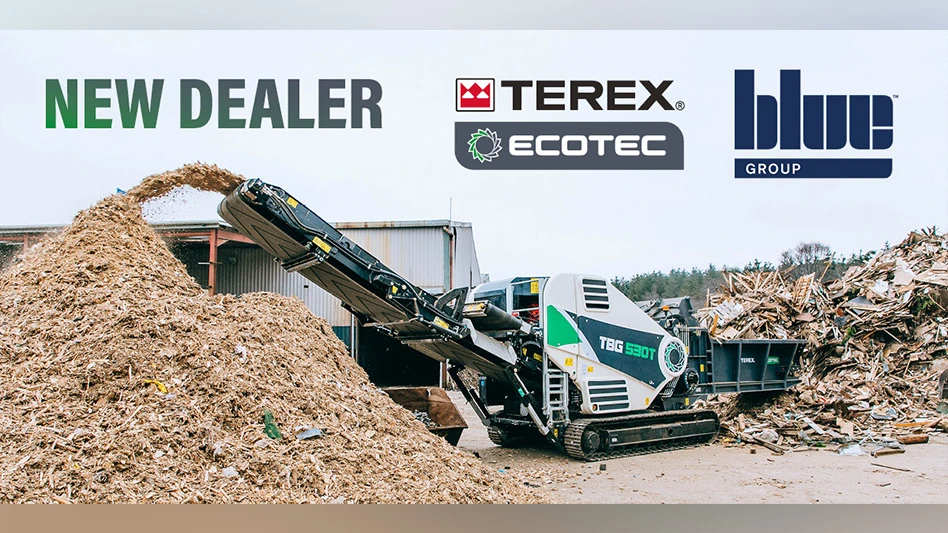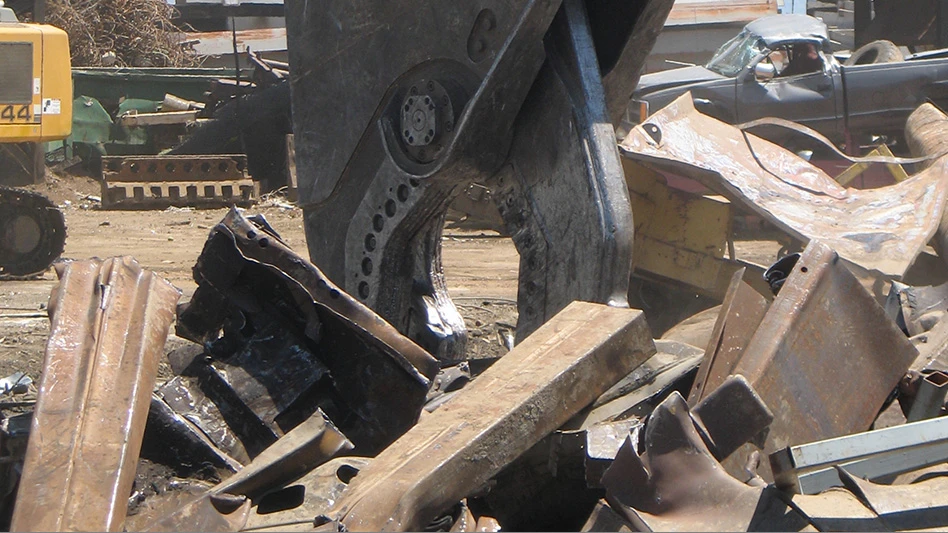1. What is different about the new STEINERT KSS | EVO 6.0 versus previous generations?

Steinert US
Market Manager –
Metals
We’ve made several design improvements to make service and maintenance easier and safer.
In addition to physical improvements to the machine design, we are constantly updating our sorting algorithms to better serve evolving markets.
2. What versions of STEINERT KSS | EVO 6.0 are available?
STEINERT KSS | CLI combines color detection, shape detection (3D laser) and an inductive sensor and is typically used in sorting wire (ICW) or other nonferrous metals with clean surfaces.
The STEINERT KSS | XT CLI adds X-ray transmission (XRT) to these data inputs and allows for improved sorting decisions in free magnesium, cast aluminum and wrought aluminum.
Both models will be available in 1.2-meter and 2-meter working widths.
The selection of STEINERT KSS sensor technologies also can be tailored to your specific sorting needs with its modular design.
There is a STEINERT KSS | XT CLI line at our Walton, Kentucky, office if you’d like to see your material stream processed in person.
3. Why is the STEINERT KSS | XT CLI the better choice for aluminum scrap refinement than the STEINERT XSS T EVO 5.0?
While the latter offers XRT detection to sort by density, the STEINERT KSS | XT CLI offers three sensors in addition to XRT that allow for better purity and recovery on a wider range of infeed materials. For example, the ability to make a low-silicon wrought aluminum concentrate from zorba is a benefit to the KSS platform.
The additional sensors allow us to hit melt qualities that are not achievable with XRT alone, specifically from wider infeed specs.
4. How does using the STEINERT KSS | XT CLI EVO 6.0 contribute to improving metal recovery rates and reducing waste?
By employing four sensors and collecting more data on every piece of material, the sorting system can improve recovery and purity simultaneously. This reduces the need for rerunning material, improves premiums for customers and maximizes the value pulled from the material stream.
5. As global demand for high-purity scrap increases, how does this technology help recyclers stay competitive?
Market agility is high with this platform. The STEINERT KSS | XT CLI can switch seamlessly between twitch/zebra from zorba and cast/wrought from twitch and can place free magnesium as desired—all sorting needs from the zorba stream alone! This flexibility improves equipment usability and our customers’ profitability as markets shift.

Explore the April 2025 Issue
Check out more from this issue and find your next story to read.
Latest from Recycling Today
- Phoenix Technologies closes Ohio rPET facility
- EPA selects 2 governments in Pennsylvania to receive recycling, waste grants
- NWRA Florida Chapter announces 2025 Legislative Champion Awards
- Goldman Sachs Research: Copper prices to decline in 2026
- Tomra opens London RVM showroom
- Ball Corp. makes European investment
- Harbor Logistics adds business development executive
- Emerald Packaging replaces more than 1M pounds of virgin plastic





